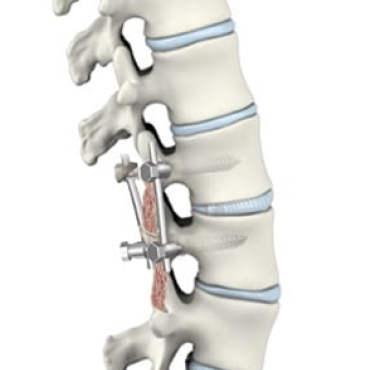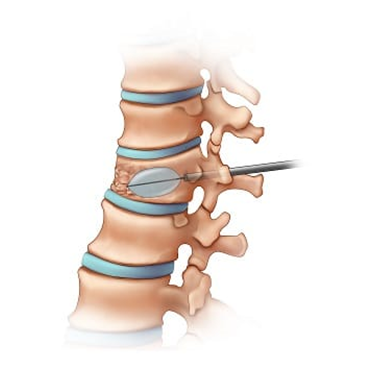- Lumbar Microdisectomy
- Laminectomy
- Lumbar Decompression
- Lumbar Fusion
- Cervical Decompression
- Cervical Fusion
- Spinal Fractures Fixation
- Kyphoplasty/ vertebroplasty

Services We Offer
Lumbar Microdisectomy
Lumbar micro discectomy is a surgery to treat a damaged disc in the lower back. You may need this surgery if your symptoms are severe, get worse, or have not been helped by other treatments. In this procedure, the part of the disk that is causing problems is removed through minimally open incisions on your lower back.
Laminectomy
Laminectomy is a surgery to remove: a) Lamina (small flat pieces of bone in the spine), b) Ligaments (strong tissues underneath the lamina), c) Facet joints (the connections between the bones of the spine). The surgery is done to reduce pressure on nerves and the spinal cord, and to lessen pain, numbness, and discomfort. You may need this procedure if you have narrowing of the spinal canal (spinal stenosis) or if you have a spinal tumour or spinal injury.
Lumbar Decompression

Lumbar decompression is an operation to relieve the pressure on the nerves in your lower back. The pressure is caused by natural ‘wear and tear’ changes in the discs, ligaments and facet joints. The pressure on the nerves in your back causes you pain in your lower back, buttocks and legs. In some patients, it can also cause numbness and weakness in legs and disturbance to bladder or bowel function. Decompression surgery is successful in relieving symptoms of lumbar spinal stenosis.
Lumbar Fusion

Lumbar fusion is the surgery in which one or more vertebrae in the lumbar region are stabilized and joined together. The surgery may need to be performed for patients suffering from spondylolisthesis, lumbar canal stenosis, scoliosis, herniated disc, traumatic instability in the lower back. Spinal fusion eliminates movement between vertebrae. It also prevents the stretching of nerves in the fused zone. Most spinal fusions involve only single or two segments of the spine and do not limit flexibility of your lower back very much..
Cervical Decompression
Cervical myelopathy and cervical radiculopathy result in weakness and numbness of the arms and legs, pain or tingling sensations that travels down one or both arms, difficulty with walking, and bowel and bladder dysfunction. Posterior Decompression: The affected area of the cervical spine is approached from the back of the neck and the lamina removed through a laminectomy, which decompresses the spinal cord. A fusion is done next using rods with screws along with bone grafting. Anterior decompression: The affected area is approached from the front of the neck. The herniated disc with or without the body of vertebra (corpectomy) is removed in order to relieved the pressure over spinal cord and nerve roots. Bone graft is used to bridge the gap created along the spine and fixed using metal plate and screws.
Cervical Fusion
The goal of this procedure is to join two or more of the bones in the cervical spine. This procedure is most commonly used to treat cervical spine fractures and dislocations and to treat a herniated
cervical disk, degenerative cervical disease, and arthritis in the cervical spine. The affected disk and bone spurs will be removed (decompression). The area where the disk was removed will then be
filled with bone graft or implants or both. Screws and rods or metal plates may be used to stabilize the vertebrae while they fuse.
Spinal Fractures Fixation
It is indicated when there is significant instability of the spine or if there is compression of the spinal cord following a spine fracture. It involves instrumentation and fusion. Metal hardware such as
plates, rods, hooks, screws, and cages are used to achieve stabilisation of the fractured bones while union happens. Rehabilitation with supervised physiotherapy is required following surgery.
Kyphoplasty/ Vertebroplasty
These are minimally invasive procedures designed to treat spinal fractures, often caused by osteoporosis. Vertebroplasty involves injecting a special cement into the fractured vertebra to stabilize and strengthen the bone. Kyphoplasty is a similar procedure but includes an additional step. A small balloon is first inserted and inflated in the fractured vertebra to create space. The balloon is then removed, and the cavity is filled with bone cement. This technique not only stabilizes the bone but can also restore some of the vertebra’s original height, potentially reducing spinal deformity. Both procedures are highly effective, with minimal recovery time and a low risk of complications.

Years Of - Experience 20 +
Dr. Manuj Wadhwa
Chairman & Executive Director Elite Institutes of Orthopedics & Joint Replacement- Livasa Hospitals, Punjab
- Ojas Hospitals, Panchkula
Awards Wining Doctor
- 2 Times World Book of Records
- 7 Times Limca Book of Records
Let’s Get In Touch

Sector 71, Mohali
09:00 am - 04:00 pm
(By Prior Appointments)

Sector 22, Panchkula
09:00 am - 04:00 pm
(By Prior Appointments)
Email us
Give us a Call
Book An Appointment








